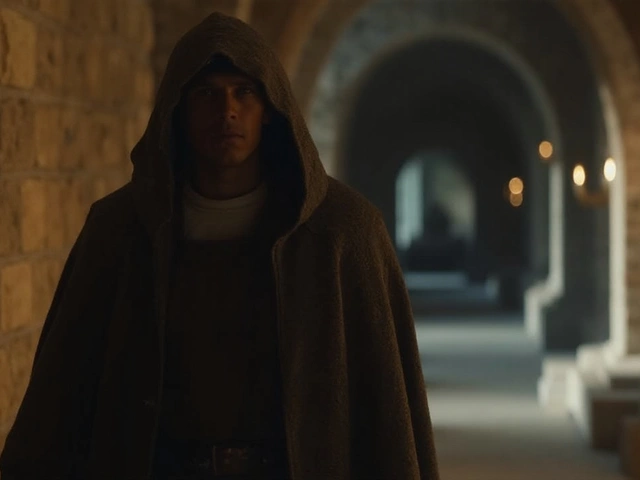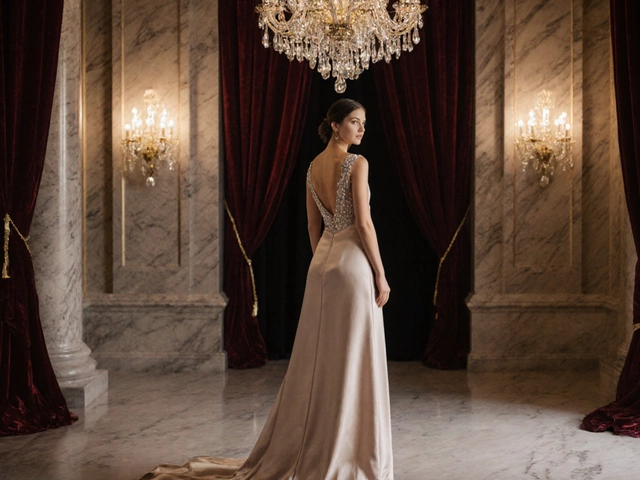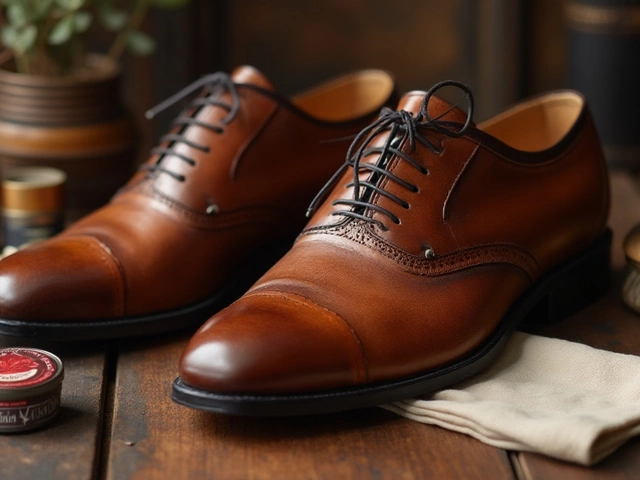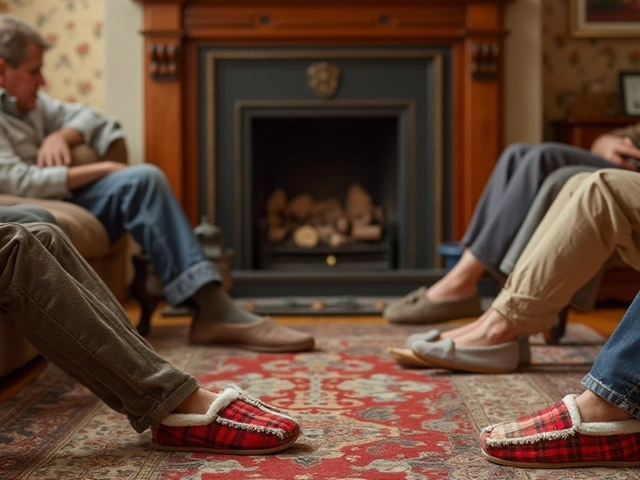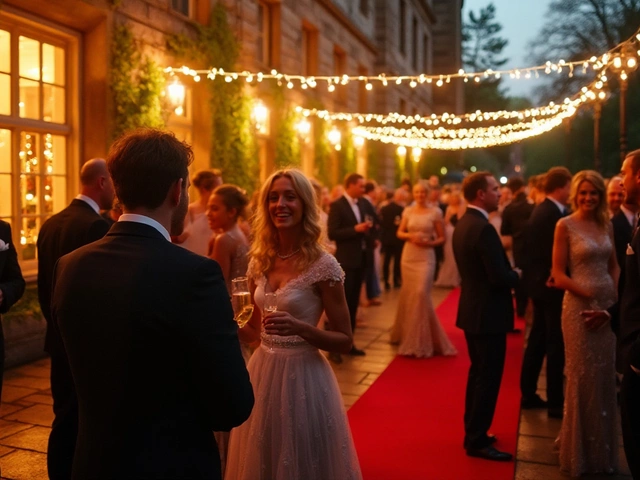Fashion History: From Ancient Threads to Modern Street Style
Ever wonder why the shirt you wear today looks the way it does? The answer lies in centuries of change, cultural exchange, and clever tailoring. Knowing a few key moments helps you pick pieces that feel both fresh and timeless.
Why Fashion History Matters
When you understand the story behind a silhouette, you stop treating trends as random hype. You start seeing patterns – like how a focus on comfort in the 1970s sparked today’s relaxed fit jeans. That awareness makes shopping easier and lets you build a wardrobe that actually works for you.
Key Moments That Shaped What We Wear Today
1. Ancient draping – Early societies used long pieces of cloth wrapped around the body. Those simple shapes gave rise to the modern tunic and the loose‑fit shirts you see on the runway.
2. Middle Ages layers – Layers were practical for staying warm, but they also let people show off fabric quality. That love for visible texture reappears now in layered street looks and mixed‑material jackets.
3. Renaissance tailoring – Skilled tailors started shaping garments to follow the body’s lines. The fitted waist and defined shoulders you find in today’s blazers trace right back to this period.
4. Industrial Revolution – Machine‑made fabrics made clothing cheaper and more available. Fast fashion owes its speed to this era, but it also gave rise to the idea of personal style – you could afford to experiment.
5. 1950s silhouettes – Think hourglass dresses and crisp pencil skirts. Those shapes still guide modern party wear and office attire, proving that a good cut never goes out of style.
6. 1970s comfort movement – Denim, flared pants, and relaxed shirts challenged rigid dress codes. Today’s athleisure and oversized tees are a direct line from that decade.
7. 1990s grunge and streetwear – Torn jeans, layered flannels, and sneakers turned the runway upside down. The current street‑style vibe, with high‑low mixes, borrows heavily from this rebellious spirit.
8. 2000s tech fabrics – Moisture‑wicking and stretch materials made activewear fashionable. Now, performance fabrics appear in everyday pieces, blending function and style.
Knowing these turning points helps you spot why a certain cut feels right for a season. It also shows how handmade designers often pull from history to create unique pieces.
Handmade designers, like those at Handmade Designs Elgin, love digging into archives. They might take a medieval bodice shape and rework it with modern fabrics, giving you a garment that tells a story while fitting today's life.
When you shop from a boutique that values craftsmanship, you’re also supporting a chain of knowledge that stretches back centuries. Each stitch carries a bit of the past, and each design adds to the future.
So next time you try on a new coat or a pair of shoes, ask yourself: which part of fashion history does this piece echo? Is it the sleek lines of the Renaissance, the relaxed vibe of the ’70s, or the bold edge of ’90s street culture?
Answering those questions turns everyday dressing into a fun detective game. It also makes you more confident, because you know you’re not just following a trend – you’re continuing a story.
Ready to add a touch of history to your closet? Look for items with clear influences, pay attention to how they’re cut, and don’t be afraid to mix eras. A vintage-inspired shirt with modern joggers can be just as stylish as a high‑end runway look.
At the end of the day, fashion history isn’t a boring textbook – it’s a toolbox. Use it to pick pieces that feel personal, last longer, and make you stand out in a meaningful way.
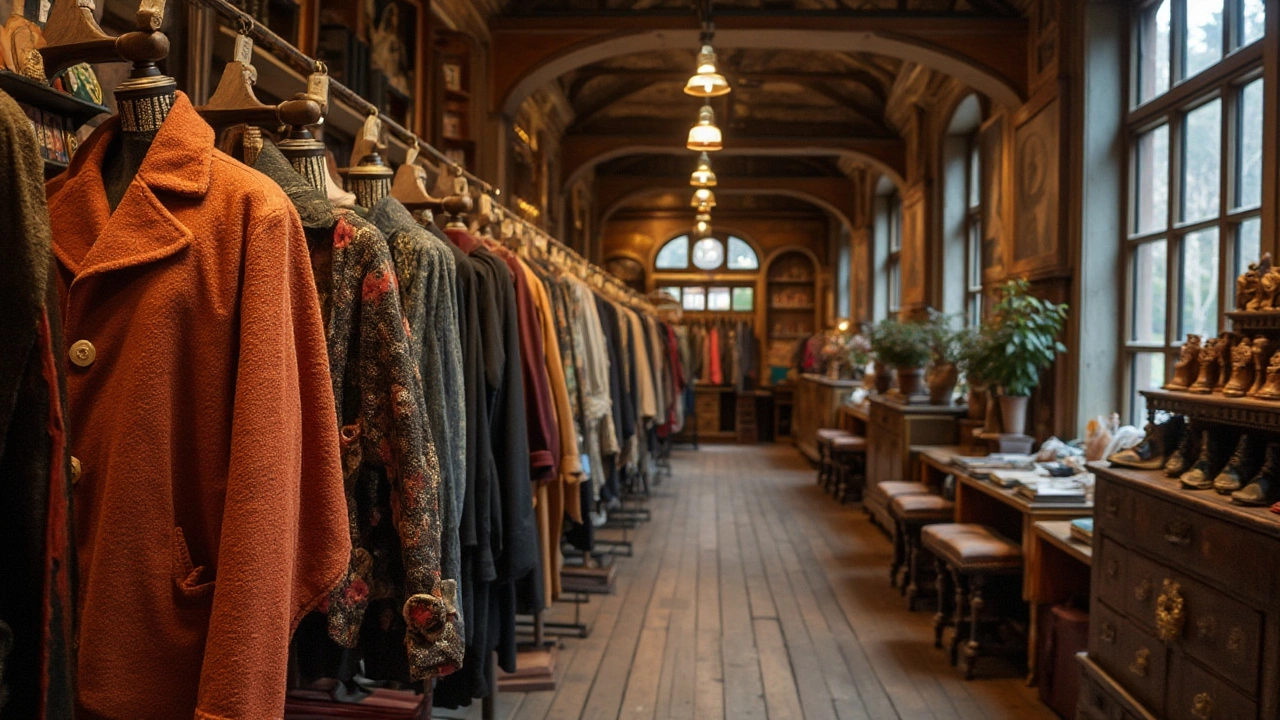
Exploring Vintage Fashion: Are 20-Year-Old Jackets Truly Vintage?
The notion of 'vintage' in clothing is more intricate than simply reaching a 20-year age milestone. When it comes to vintage jackets, age is just one factor in determining their classification. While the two-decade benchmark is often used as a guide, design, quality, and cultural relevance contribute significantly to a piece being considered vintage. This article delves into the elements that define vintage clothing, specifically jackets, offering insights for enthusiasts and collectors.
